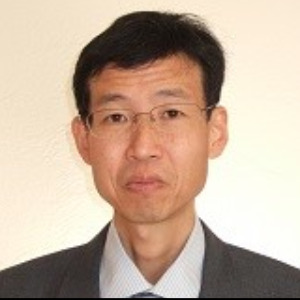Atomic Manipulation
Atomic manipulation is the process of manipulating individual atoms or molecules in order to create new materials or to alter existing materials. This process is achieved through a variety of techniques, including scanning probe microscopy, nanotechnology, and laser ablation. By manipulating the atoms and molecules of a material, scientists can create new materials with unique characteristics and properties. Atomic manipulation has been used to create new materials with improved properties, such as increased strength, increased electrical conductivity, increased optical properties, and increased surface area. For example, by manipulating the arrangement of carbon atoms, scientists have been able to create graphene, a material that is hundreds of times stronger than steel. In addition to creating new materials, atomic manipulation can be used to alter existing materials. By changing the arrangement of atoms or molecules within a material, scientists can change the material's structure and properties. For example, scientists have used atomic manipulation to create nanostructured materials with improved thermal and electrical properties. Atomic manipulation is an important tool in the development of new materials and technologies. By manipulating atoms and molecules, scientists can create materials with improved properties and functionalities. This has enabled the development of a variety of new technologies, from biomedical devices to advanced electronics and materials.

Harry Ruda
University of Toronto, Canada
Raman Singh
Monash University, Australia
Paulo Cesar De Morais
Catholic University of Brasilia, Brazil
Xiao Hong Nancy Xu
Old Dominion University, United States
S V A R Sastry
Harcourt Butler Technical University, India
Vinayak Adimule
Angadi Institute of Technology and Management, India



Title : Harnessing the unique properties of engineered nanostructures for sensing
Harry Ruda, University of Toronto, Canada
Title : Circumventing challenges in developing CVD graphene on steels for extraordinary and durable corrosion resistance
Raman Singh, Monash University, Australia
Title : 40,000 implants in humans and no failure: The impact of nanomedicine
Thomas J Webster, Hebei University of Technology, China
Title : Evaluating cytotoxicity of metal-doped tin oxide nanoparticles
Paulo Cesar De Morais, Catholic University of Brasilia, Brazil
Title : Lipid nanoparticles formulations: From bench scale to industrial scale
Mohammad A Obeid, RAK Medical and Health Sciences University, United Arab Emirates
Title : Cellulose-derived biochar modified with iron oxide and ZnO nanoparticles by a novel one-step pyrolytic method for removal of emerging contaminants from water
Rashad Al Gaashani, Hamad Bin Khalifa University, Qatar